Imagine this. You’re writing a story. Putting down the words. Feeling good about the plot.
Then, suddenly, your main character talks back!
“No!” they say. “I don’t want to do that. I want to do this!”
Has this ever happened to you?
I’ll be honest with you: my brain doesn’t really work like this. I’ve never had my characters talk back.
But I’m very familiar with the story going in a different direction than I thought it would.
This is essentially what intuitive drafting is—whether it happens during your outline phase or during your drafting phase, some deeper part of your brain knows how the story should take shape and wants you to follow its lead.
This process can be really fun—but it can also be really stressful.
So how do you manage it? How do you tell the story you want to tell when the characters keep hijacking the plot?
First of all, embrace it!
Allow yourself the freedom and flexibility to follow where the characters or story want to lead. It’s kind of like reading your book as its being written. It can be rewarding and exciting, even when it deviates from your original plan. In addition, sometimes these unexpected turns can enrich your story, and make the story more authentically you.
Secondly, if you’re an outliner, try using a flexible outline model.
This can look a few different ways. For example, perhaps your outline only contains the most key, high level plot points. Everything else, you pants. Alternatively, you can write a detailed outline, but adjust the plot points on the outline when they change during the drafting process. Or, writing your outline at the same time as drafting and see what emerges from that process.
This might be considered “plantsing” to some people, a combination of planning and pantsing. Regardless, a flexible outline will keep you moving in the right direction, but allow you the ability to embrace the characters as they learn who they are alongside you.
Thirdly, have a chat with your characters.
This can take many forms. Perhaps you sit down and write a journal entry from their perspective that explores why they’re doing what they’re doing. Not only could this reveal some interesting plot points or character development, it can also make great marketing fodder once you’ve published the book.
You could also have the conversation out loud with the character. Pretend they’re sitting in front of you and nag them to explain why they’re doing what they’re doing. This works great for writers who solve problems verbally.
Alternatively, role play might work. Ask a friend to be you, and give them a list of things you want to know about the character. Then, respond to them in real time as they have a conversation with you. Let the character take over your brain. If you’re comfortable doing so, you could record it! Either for future reference, or as social media content.
There’s no guarantee that you’ll be able to wrangle your characters back into place. But you can also try to work with them instead. Whatever you need to do to keep moving forward is the right choice for you. But being willing to experiment with different methods is crucial to figuring out your process and getting that story onto the page.







